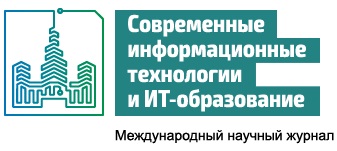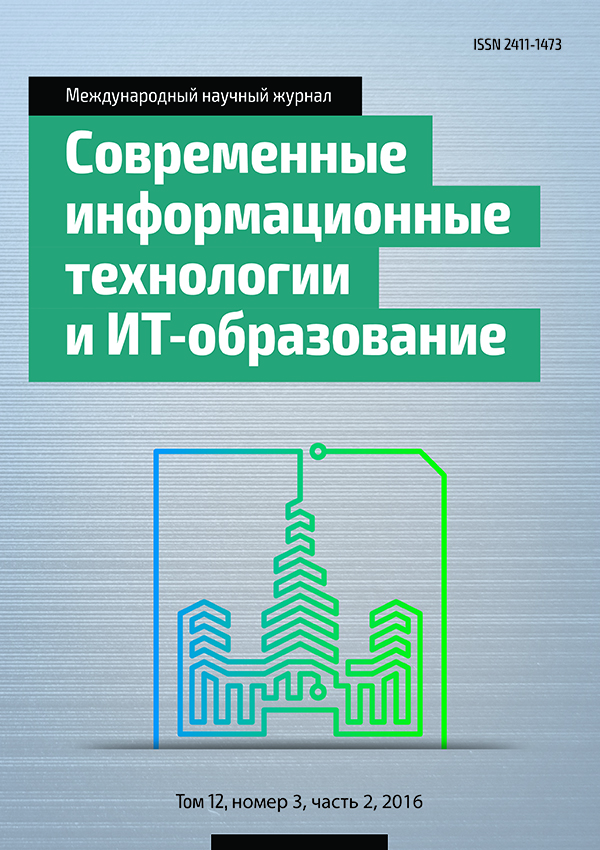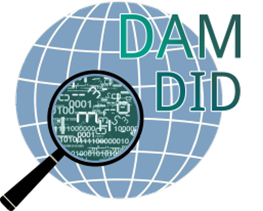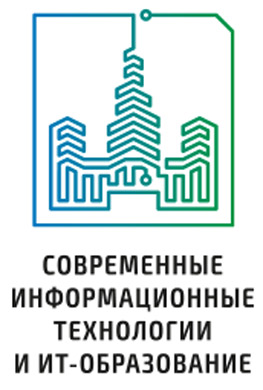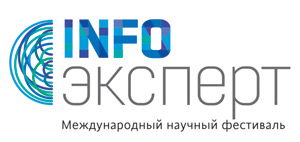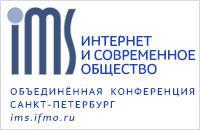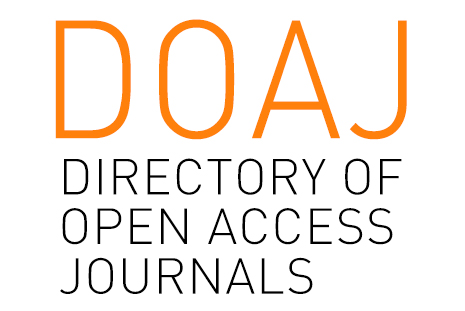ОЦЕНКА И ПРОГНОЗИРОВАНИЕ СОСТОЯНИЯ СИСТЕМЫ ОБРАЗОВАНИЯ С ИСПОЛЬЗОВАНИЕМ МЕТОДОВ ВИЗУАЛИЗАЦИИ ИНФОРМАЦИИ
Аннотация
В статье обсуждаются вопросы сравнительной оценки и прогнозирования состояния образовательных систем и использования сравнительной оценки для подготовки и принятия решений в системе управления образованием с использованием информационно-коммуникационных технологий и методов визуализации информации.
Литература
2. Беляков С.А., Федотов А.В. О концепции, структуре и основных экономических показателях «Стратегии развития системы образования Российской Федерации до 2020 года»: недостатки, проблемы и направления совершенствования // Университетское управление практика и анализ. – 2008. – № 6(58). – С. 6—11.
3. Свидетельство № 2016619417 Российская Федерация. Комплекс визуального анализа результатов сравнительной оценки системы показателей дошкольного и общего образования: свидетельство об официальной регистрации программы для ЭВМ / В. Ж. Куклин, А. В. Николаев, В. А. Виноградов, С. А. Беляков; заявитель и правообладатель ФГБОУ РАНХиГС. - № 2016616630 ; заявл. 22.06.2016 ; зарегистр. 18.08.2016. - 1 с.

Это произведение доступно по лицензии Creative Commons «Attribution» («Атрибуция») 4.0 Всемирная.
Редакционная политика журнала основывается на традиционных этических принципах российской научной периодики и строится с учетом этических норм работы редакторов и издателей, закрепленных в Кодексе поведения и руководящих принципах наилучшей практики для редактора журнала (Code of Conduct and Best Practice Guidelines for Journal Editors) и Кодексе поведения для издателя журнала (Code of Conduct for Journal Publishers), разработанных Комитетом по публикационной этике - Committee on Publication Ethics (COPE). В процессе издательской деятельности редколлегия журнала руководствуется международными правилами охраны авторского права, нормами действующего законодательства РФ, международными издательскими стандартами и обязательной ссылке на первоисточник.
Журнал позволяет авторам сохранять авторское право без ограничений. Журнал позволяет авторам сохранить права на публикацию без ограничений.
Издательская политика в области авторского права и архивирования определяются «зеленым цветом» в базе данных SHERPA/RoMEO.
Все статьи распространяются на условиях лицензии Creative Commons «Attribution» («Атрибуция») 4.0 Всемирная, которая позволяет другим использовать, распространять, дополнять эту работу с обязательной ссылкой на оригинальную работу и публикацию в этом журналe.
